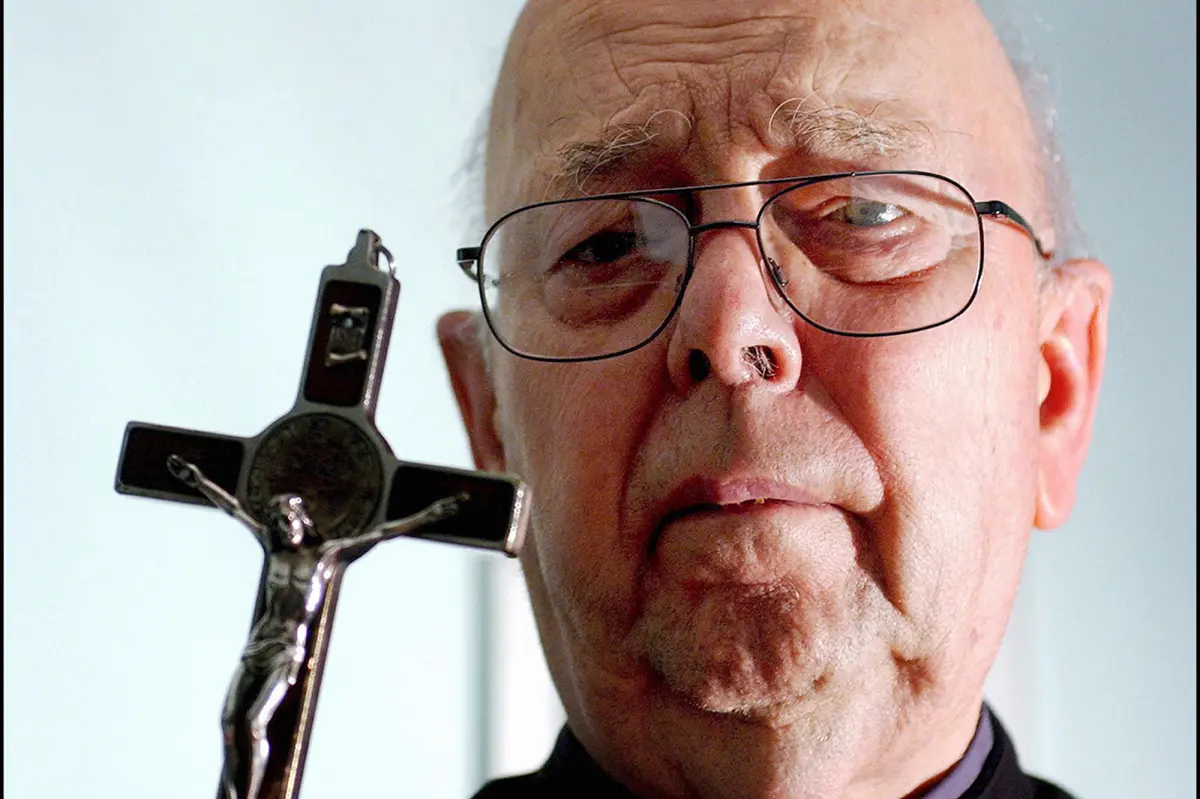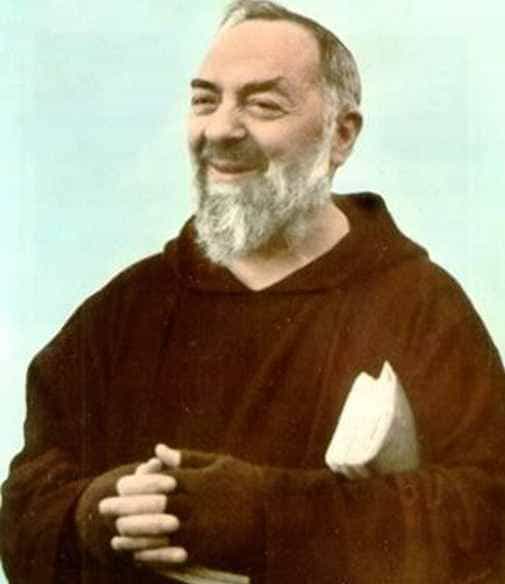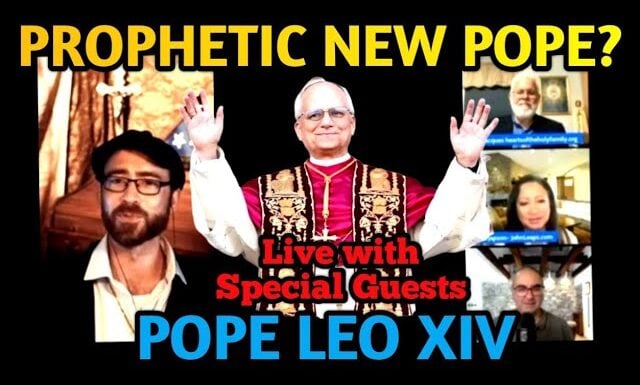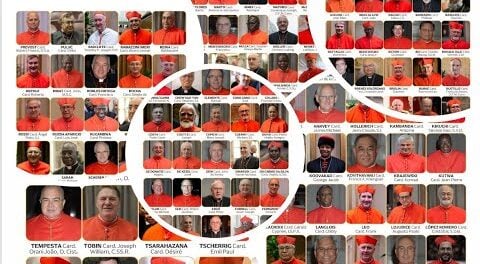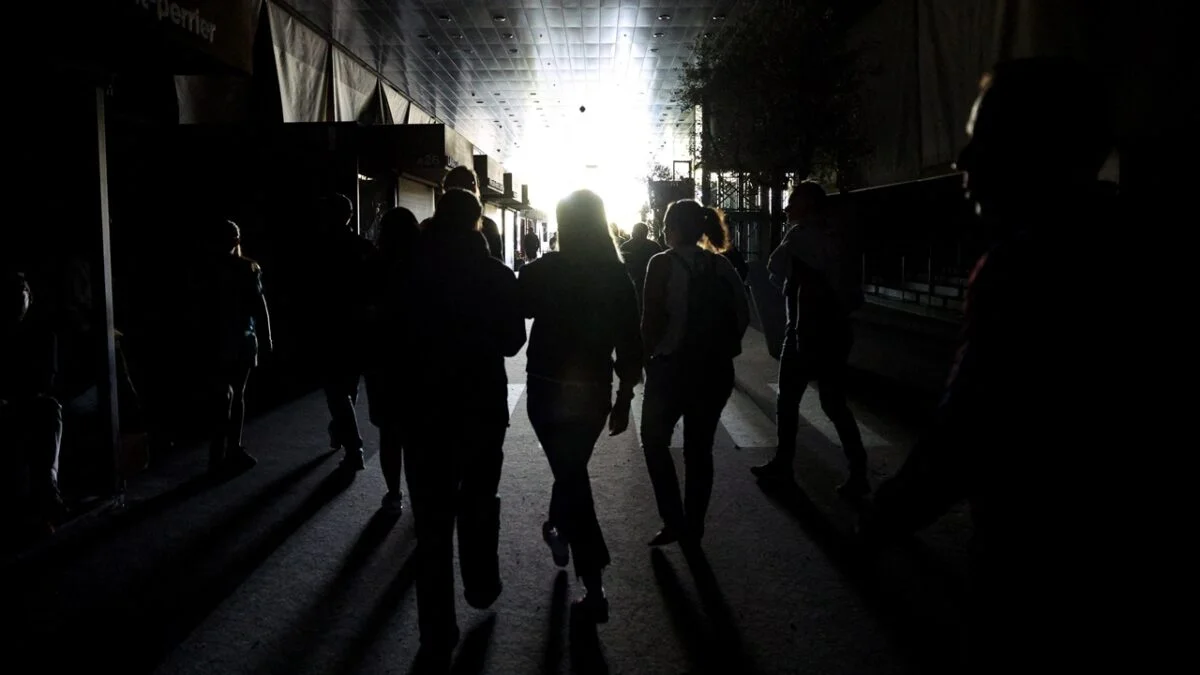
Category: Devotions
-

HOLY ROSARY TO THE QUEEN AND MOTHER OF THE END TIMES
Read More: HOLY ROSARY TO THE QUEEN AND MOTHER OF THE END TIMES(Dictated by St. Michael the Archangel to Luz de Maria, 10.17.2022) OFFERING Mother, you who see this moment of distress for your children and guard your Son’s people… Mother and teacher, take us by the hand so we do not hesitate and walk the right path with the faith necessary so as not to waiver.…
-
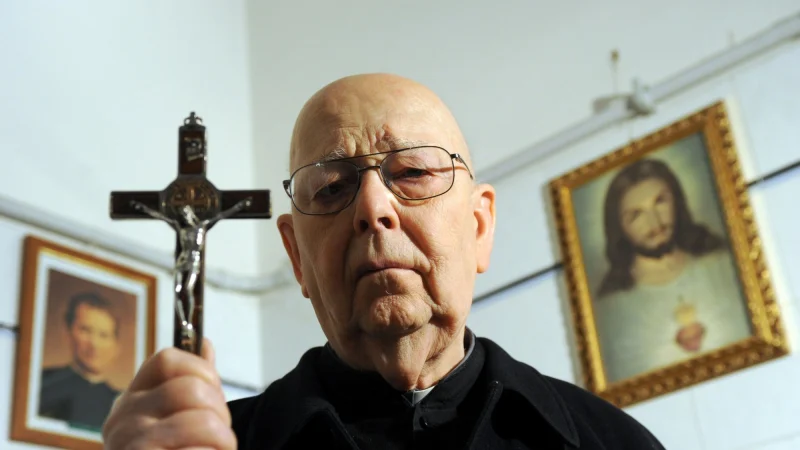
AN EXORCIST TELLS HIS STORY – GABRIELE AMOTH | FREE DOWNLOAD
Read More: AN EXORCIST TELLS HIS STORY – GABRIELE AMOTH | FREE DOWNLOADPowered By EmbedPress
-
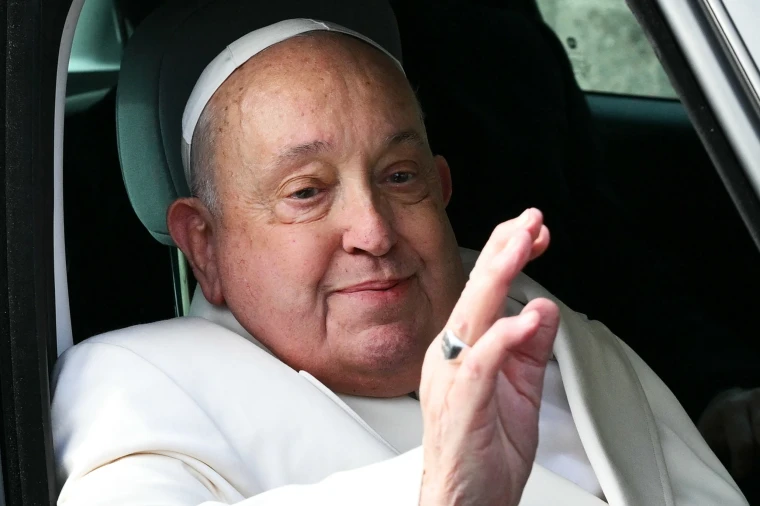
URGENT| A Call to Prayer: Pray for Pope Francis
Read More: URGENT| A Call to Prayer: Pray for Pope FrancisWith the news this morning of Pope Francis being in the hospital, we invite all of our readers to pray for the Holy Father. The Franciscan Missionaries of the Eternal Word — founded by EWTN’s foundress, Mother Angelica — wrote this prayer so we may all unite as one voice to lift up the Vicar of…
-

5 Catholic-Inspired Activities to Celebrate St. Valentine’s Day ❤️✝️
Read More: 5 Catholic-Inspired Activities to Celebrate St. Valentine’s Day ❤️✝️St. Valentine’s Day is more than just chocolates and flowers—it’s a beautiful opportunity to celebrate love as God intended! As Catholics, we can honor this day with faith-filled activities that strengthen our relationships with God and others. Here are five Catholic-inspired ways to celebrate St. Valentine’s Day: 1. Attend Mass or Pray Together at a…
-
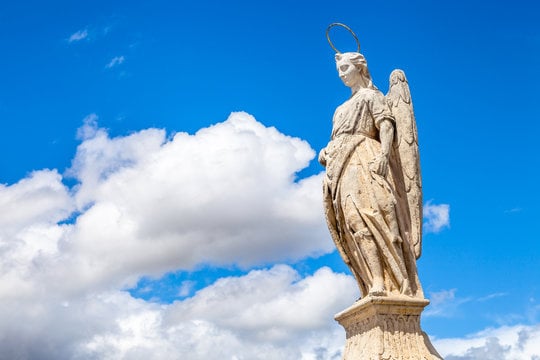
The Apparition of St. Raphael in Córdoba, Spain (16th Century)
Read More: The Apparition of St. Raphael in Córdoba, Spain (16th Century)The Apparition of St. Raphael in Córdoba, Spain (16th Century) ✨ A Heavenly Messenger in Troubled Times In the heart of Córdoba, Spain, during the 16th century, a miraculous event took place that reaffirmed the city’s deep Catholic faith. St. Raphael the Archangel, known as the angel of healing and divine guidance, appeared to a…
-
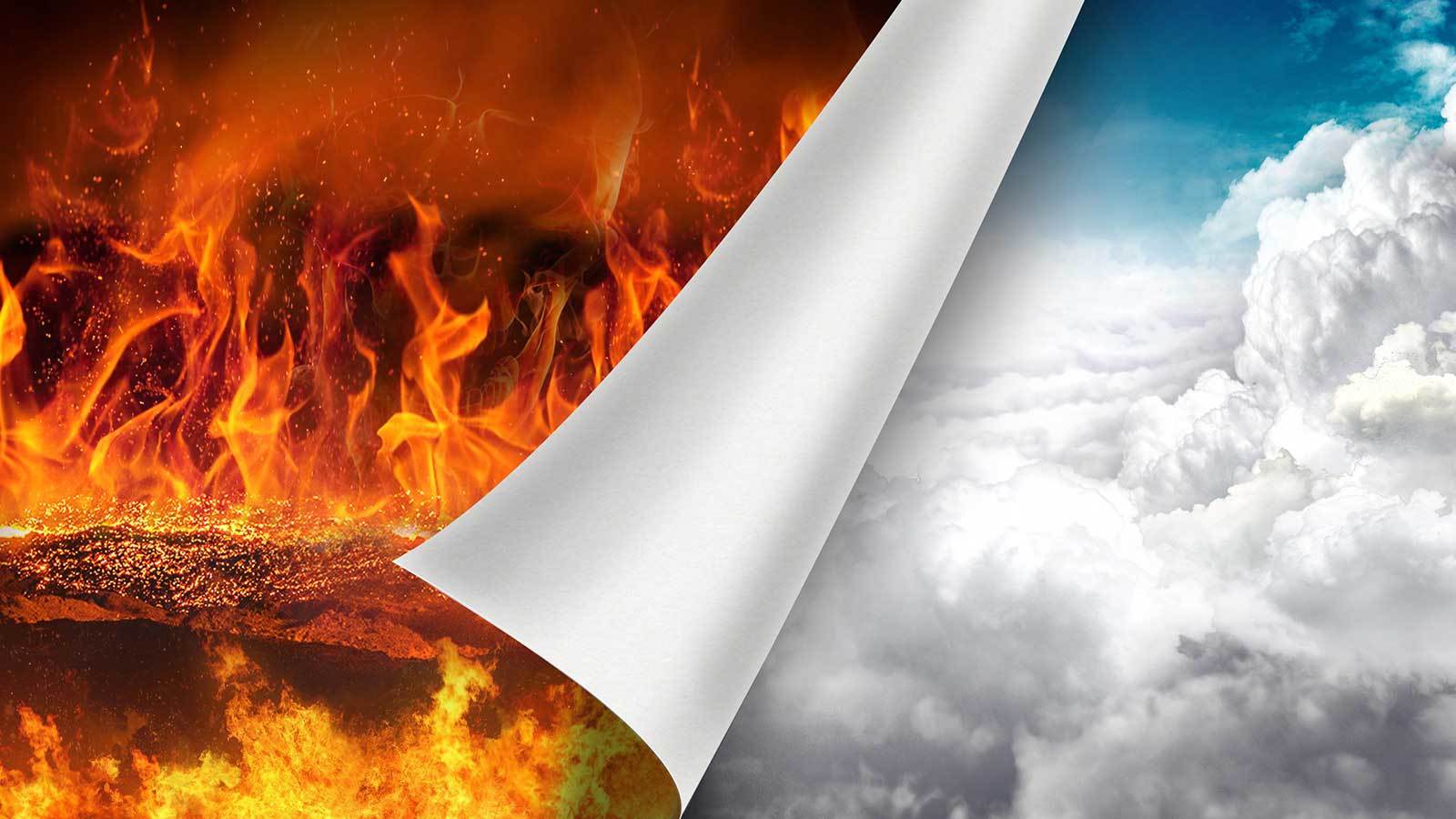
A Prayer to Be Spared Purgatory
Read More: A Prayer to Be Spared PurgatoryO Mary, I ask thee for one more grace: Obtain from thy Divine Son that I may die, but that I may die with thee, and that I may fly to Heaven along with thee. O merciful Mother, grant that when my soul is liberated from this wretched body I may go immediately to find…
-

Save This! Powerful Morning prayer before starting work
Read More: Save This! Powerful Morning prayer before starting workMy heavenly Father, as I enter this work place, I bring your presence with me.I speak your peace, your grace, your mercy and your perfect order into my work.I acknowledge your power over all that will be done, spoken, thought and decided within these walls.Lord, I thank you for the gifts you have blessed me…
-

How to Deal with Anger as a Catholic: A Guide from Scripture and the Saints
Read More: How to Deal with Anger as a Catholic: A Guide from Scripture and the SaintsAnger is one of the seven deadly sins when left unchecked, but it can also be a righteous emotion when properly directed. As Catholics, we are called to imitate Christ, who showed anger against sin but never allowed it to consume Him. This article explores what the Bible, Church teachings, and the wisdom of the…
Search
Popular Posts
-
🙏 A New Chapter Begins: Supporting Pope Leo XIV with Prayer and Hope | W/ Daniel O’Connor
“Give the new pope a break and support him with your prayers.”–…
-
Possible Candidates for The Next Pope!
Some Candidates for the New Papacy Today we will share with you…
Categories
Archives
Tags
#Miracles (102) 2023 (4) 2024 (4) approved miracles (2) catholic (141) catholic blog (375) catholic meditations (7) catholic miracles (371) catholic motivation (2) catholic news (371) catholic prayers (4) CatholicSeers (359) catholic vlog (375) catholic websites (6) Eucharistic miracle (2) fr jim blount (3) GisellaCardia (11) hamas (3) imitation of christ (2) Israel (4) israel live (5) Israel news (9) jesus (3) jesus christ (4) Latest messages (11) lent 2023 (10) lent 2024 (4) lent homily (2) lent retreat (4) lent retreat 2023 (3) Lourdes (2) messages from god (6) MessagesFromHeaven (364) miracles of catholic church (2) mother and refuge (2) ourlady (325) OurLadyApparitions (22) our lady of lourdes (2) Pope (2) POPE francis (3) pope francis news (2) prayers (3) real miracles (356) sacred heart of jesus (2) The Miracles of Lourdes (2)


